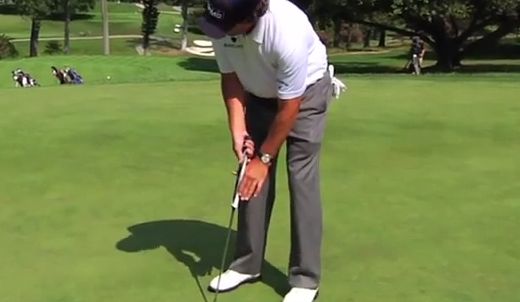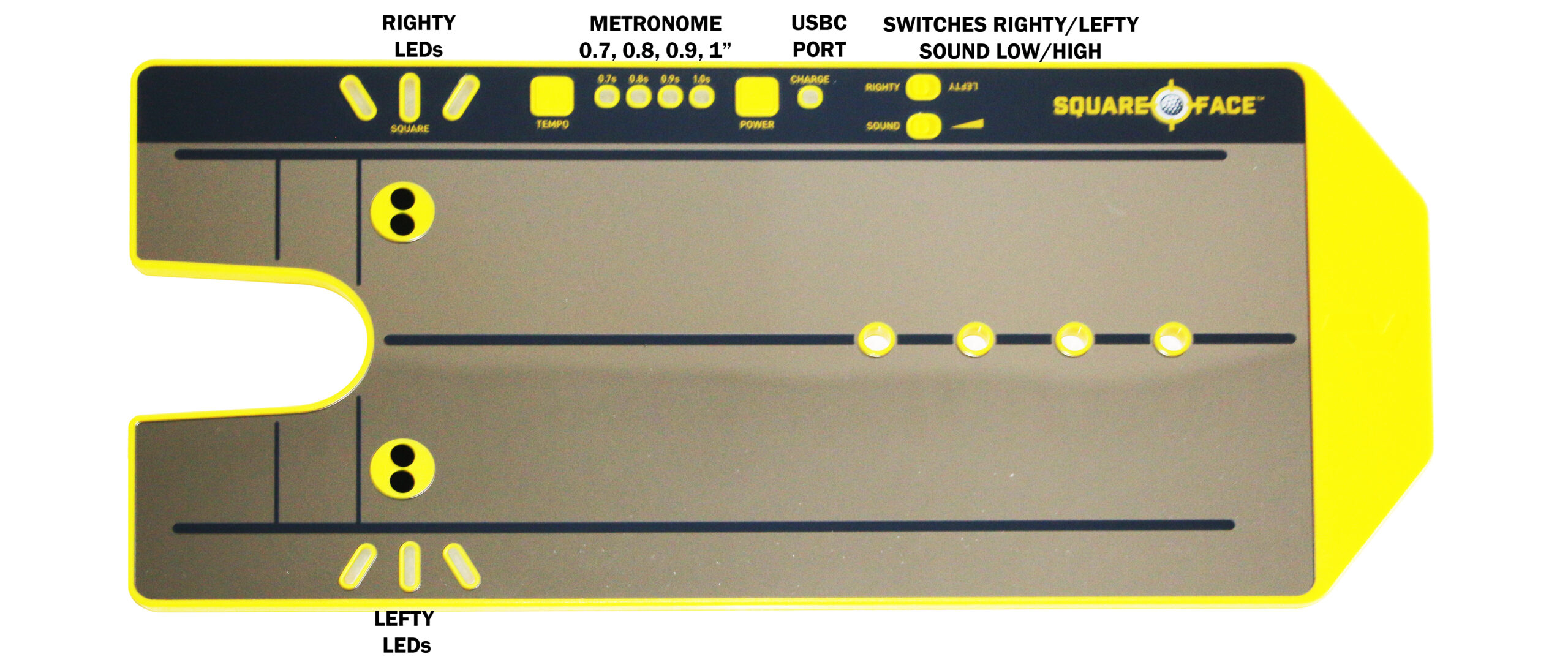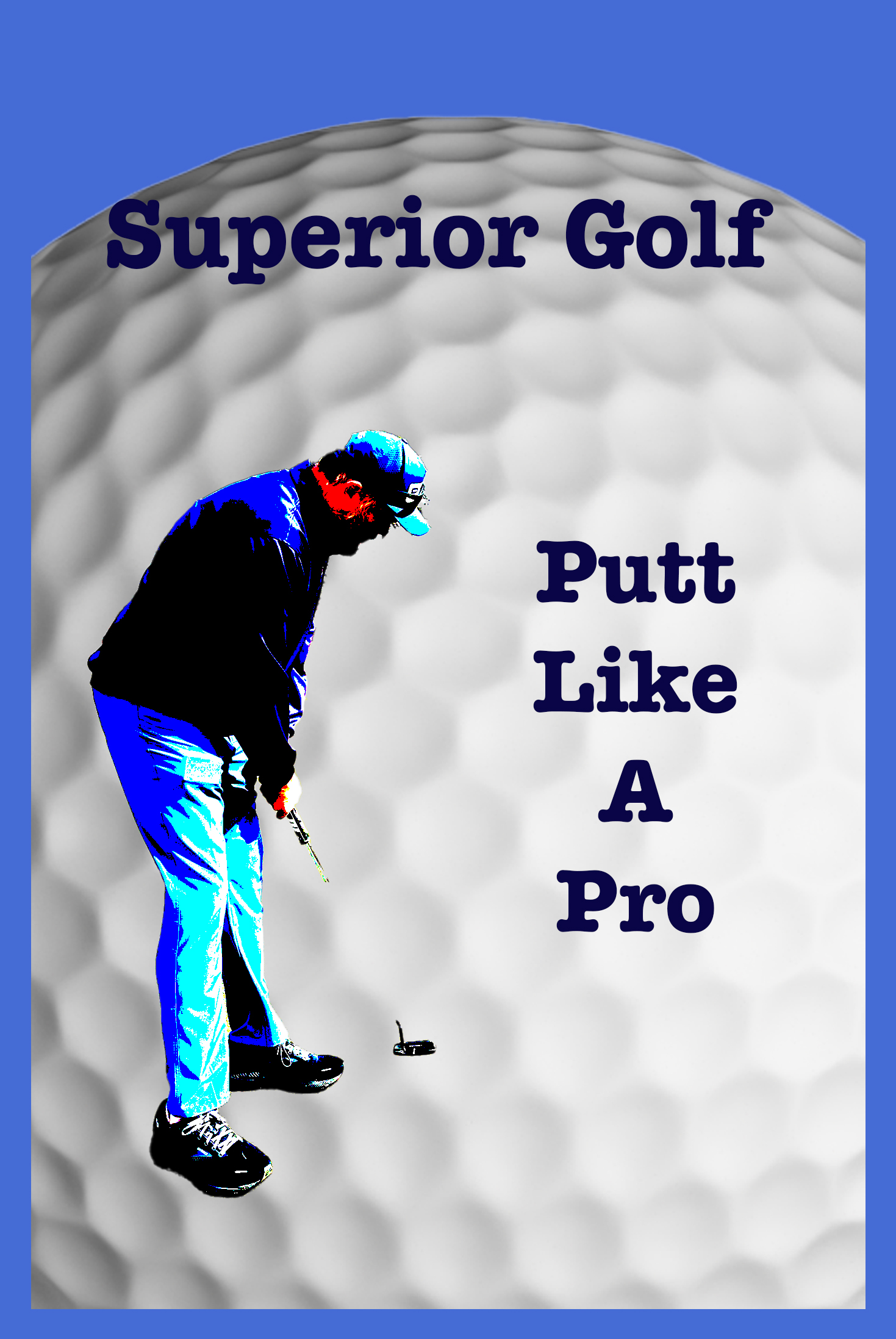The Claw Putting Grip: 3 Things to Balance before making the switch
The Claw Putting Grip: Putting woes can plague even the most seasoned golfers. Enter the claw grip, a putting technique that’s been around for decades but continues to spark debate. This unorthodox grip, favored by Tour pros like Keegan Bradley and Webb Simpson, promises a smoother stroke and more consistent putting. But is the claw all it’s cracked up to be? Let’s delve into the world of the claw grip, analyzing its benefits, drawbacks, and how to incorporate it into your putting routine.
Facing the Demons: Why Do We Consider the Claw Grip?
Many golfers struggle with the dreaded putting yips – involuntary wrist movements that wreak havoc on your stroke. The claw grip addresses this by promoting a more stable, hands-free putting motion. Here’s how:
- Reduced Wrist Action: By anchoring your “claw hand” (typically the left hand for righties) with your thumb and forefinger, you effectively minimize wrist flexion and extension. This translates to a more pendulum-like putting stroke, minimizing those jerky movements that send putts off target.
- Improved Face Angle Control: A stable grip translates to better control over the putter face at impact. This is crucial for rolling the ball consistently online, especially on those pressure-packed birdie putts.
- Lighter Grip Pressure: The claw grip encourages a lighter grip, promoting a more relaxed putting stroke. Tighter grips often lead to tension, which can negatively affect feel and distance control.
The Trade-Off: Potential Drawbacks of the Claw Grip
While the claw grip offers numerous potential benefits, it’s not a magic bullet. Here are some considerations:
- Loss of Feel: Some golfers report a reduced feel for the putter with the claw. This can make it more challenging to judge distance, particularly on longer putts.
- Learning Curve: The claw grip takes time and practice to master. Finding the right hand positioning and pressure points requires dedicated practice sessions. An improper setup can lead to putting problems worse than where you started.
- Limited Power: For those long lag putts where you need some juice, the claw grip might not offer the necessary stability for a powerful stroke.
Taking the Claw for a Spin: How to Get Started
Intrigued by the claw grip? Here’s a step-by-step guide to get you started:
- Grip Selection: The claw grip works best with a slightly longer putter grip (around 11″ to 15″). This additional length provides more surface area for your “claw hand.”
- Standard Grip Placement: Start by gripping the putter conventionally, with your dominant hand’s thumb running down the top grip ridge.
- Forming the Claw: With your non-dominant hand (typically left hand), extend your thumb and forefinger and gently “claw” onto the side of the grip, just below the shaft. Experiment with different pressure points until you find a secure and comfortable position.
- Alignment is Key: Maintain proper putting posture and alignment. The claw itself shouldn’t affect your address position or ball position.
Practice Makes Perfect: Mastering the Claw Grip
Remember, the claw grip is a journey, not a destination. Here are some tips to accelerate your learning curve:
- Start Short: Begin practicing with short putts where feel is less crucial. Gradually increase the distance as you gain confidence.
- Mirror, Mirror on the Wall: Use a mirror to ensure your hands are positioned correctly and your putting posture remains sound.
- Seek Professional Guidance: A qualified golf instructor can observe your grip and putting stroke, offering valuable feedback to optimize your claw technique.
Tour Tales: Claw Champions and Skeptics
The claw grip has its fair share of proponents on the professional circuit. Keegan Bradley, known for his smooth putting stroke, credits the claw for his success on the greens. Webb Simpson, another Tour champion, also utilizes the claw to great effect. However, some Tour pros remain unconvinced, opting for more traditional putting grips.
The Claw: Friend or Foe? The Verdict is Yours
Ultimately, the decision to embrace the claw grip is a personal one. There’s no guarantee it will instantly transform you into a putting machine. However, if you’re struggling with consistency or the yips, the claw grip offers a potential solution. Approach it with an open mind, dedicate yourself to proper technique, and see if the claw can unlock a new level of putting confidence on the course. Remember, experimentation
is key! If the claw feels awkward or hinders your putting, don’t be afraid to ditch it and explore other putting techniques.
Beyond the Claw: Alternative Putting Grips
The claw grip isn’t the only unorthodox putting method out there. Here are a couple of alternatives to consider:
- Reverse Claw: This variation involves “clawing” with your dominant hand instead of your non-dominant hand. Some golfers find this position offers even greater stability.
- Left Hand Low: This grip involves placing your left hand below your right hand on the grip. This can promote a more sweeping stroke and reduce wrist action.
Putting Success: A Holistic Approach
The claw grip is a valuable tool, but it’s just one piece of the putting puzzle. Here are some additional factors to consider for putting success:
- Reading Greens: Understanding green slopes and break is crucial for accurate distance control.
- Lag Putting: Mastering lag putting allows you to leave yourself with tap-in birdie opportunities.
- Putting Drills: Regular practice with putting drills will help groove a smooth, consistent putting stroke.
The Final Takeaway: Embrace the Journey
The quest for putting nirvana is a lifelong journey. There’s no one-size-fits-all solution, and the claw grip may or may not be your silver bullet. However, with dedication, experimentation, and a willingness to learn, you can develop a putting stroke that inspires confidence and helps you sink more putts. So, grab your putter, embrace the claw (or not!), and get out there and practice!


The Square Face And Putt Like A Pro Book
Click here for 10% off the Square Face (use coupon code SUPERIORGOLF) and my eBook free with the purchase of the Square Face
